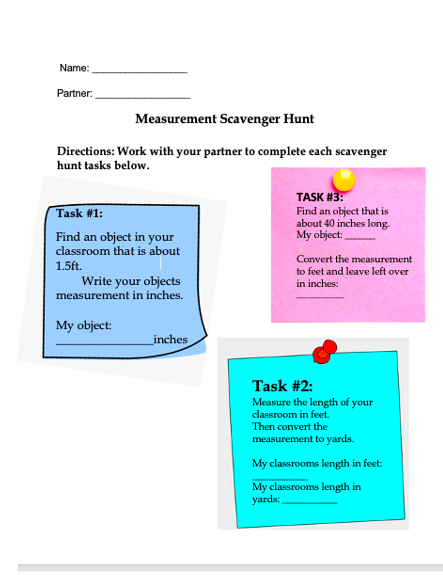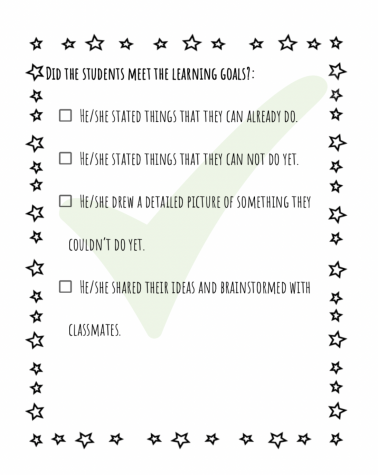Pace Student Teachers Speak on the Effects of the Online/In-Person Transition

COVID-19 has changed the educational experience for students, teachers, and student teachers. Education majors have had to adapt to the ever-changing rules as they go about their class placements.
At Pace University, education majors spend the second half of their college careers student teaching. Typically, they receive their placements from Jennifer Argenta, Pace’s Director of School Partnerships, during their junior year. From there, they start their fieldwork, attending their assigned class one day a week to observe their mentor teachers and try their hand at making lesson plans. In their senior year, student teachers go to their classrooms two days a week in the fall and five days in the spring. They create and conduct their own lessons, and their supervisors evaluate their performance.
However, in light of the pandemic, this year’s class of student teachers has had a slightly different experience. Instead of attending their assigned classrooms in person during their junior year, they started their student teaching placements online.
“When we were placed last fall 2020, we were originally supposed to be going in person,” says senior early childhood education major Guadalupe Ceja. “But COVID cases started going up and school districts didn’t feel safe with us going in. I was doing my observation/student teaching through Google Meets.”
Ceja was placed in a kindergarten classroom. Each week, she spent two thirty-minute sessions on Goggle Meets with her students, teaching them to sound out three-letter words.
“It was really challenging because these students were English learners,” Ceja says. “They needed a lot of support and thought that Google Meets wasn’t enough.”
Childhood education major Alexa Masucci agrees that it is challenging to teach elementary school students online. She taught a third-grade class last semester, and she discusses the difficulties that she encountered.
“When I was online it was very hard to interact with all of the students,” Masucci says. “It was also very hard to keep the student’s attention since they were at home and had so many distractions. Instead of having the students write with a pencil and paper, they were typing, and it was very hard for them to get their work done… sometimes I would freeze, or the students would freeze, they wouldn’t be able to hear me, and vice versa. I felt like there was no real learning for the students and for me since I never had the chance to be in a classroom before.”
This semester, Pace’s student teachers are working in person. Ceja is teaching in a fourth-grade classroom, and she says that being in person has had a positive impact on her students.
“They are more focused; they are excited to be in school with their friends and teachers,” Ceja says. “One student expressed to me how hard it was to be on Google Meets all day. Now they are enjoying doing physical education, art, and music in person.”
Masucci also notes a positive change in her students. They are better able to learn fundamental skills, like reading, writing, and socialization, and there is a better sense of connection in the classroom. Masucci feels that she is learning more too.
“Since I am studying to become a teacher, it is nice to be able to see how my mentor handles situations, how she teaches normally, and it is nice to see all of the tricks to keep students’ attention,” Masucci says. “I have taught one lesson so far this year and it has felt like a breeze since there are no technical difficulties and since the students have no distractions.”

The transition from online to in-person is not without challenges of its own. Masucci says that, with COVID safety protocols in place, students are not allowed to sit within three feet of each other, and snack time now takes an hour, where it once took only fifteen minutes. Ceja notes that many students are shyer after spending so much time away from other students and teachers, and they might be more reluctant to engage with others in the classroom. However, Ceja also says that, overall, students are happy to be back, in-person, with their friends, and they are learning better than they did online.
Ceja has wanted to become a teacher since she was a child. She was an immigrant student, and she had teachers who supported her and made her feel welcome. She wants to be able to have that kind of positive impact on her future students.
“Teachers can impact students’ life’s every day, and I think those childhood teachers are the ones who can mold young students,” Ceja says. “My favorite thing about being a student teacher is that I can learn and take things from the teachers I am working with. This is so helpful because I know when I have my own classroom, I will have ideas for my class. I will take into consideration things that I felt worked or didn’t work for a class. Young students especially are very excited when they see someone new. The students have been nothing but sweet and welcoming. They sometimes show me their silly sides, or they open to me unintentionally. I’ve only been to the class 5 times, each time the students are more and more interested in learning from me, as I am in learning from them.”
Masucci was drawn to the field of education her sophomore year of high school when she worked as a counselor in training at a summer camp.
“Being around the children just made me so happy and I wanted to help make an impact in their lives,” Masucci says. “My favorite thing about being a student teacher is just being able to help the kids. The kids easily put a smile on my face by telling me stories about their lives and by just impressing me by how much they know and how much they want to learn. They make teaching so rewarding and worth every second of schooling and stress.
“For future educators that haven’t started to student teach yet… you will absolutely love it. There will be a lot of work with it but once you step foot into the classroom, all of the stress and worries go away, and you will see how rewarding and exciting teaching truly is.”
Ceja also offers advice for future student teachers.
“When you are placed in a classroom, whether it’s for observation or student teacher, always try to be as involved with your students and teacher as you can,” Ceja says. “Students will admire this about you and love to have you with them. By doing this, the experience will be a lot more memorable.”
Your donation supports independent, student-run journalism at Pace University. Support the Pace Chronicle to help cover publishing costs.
